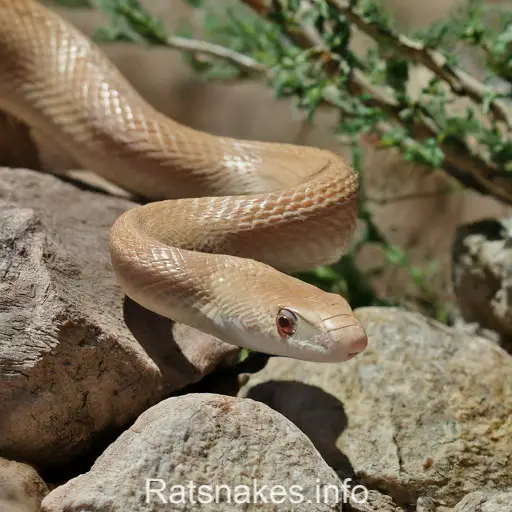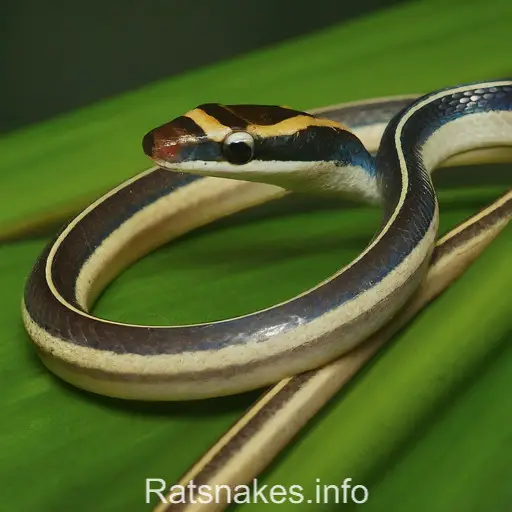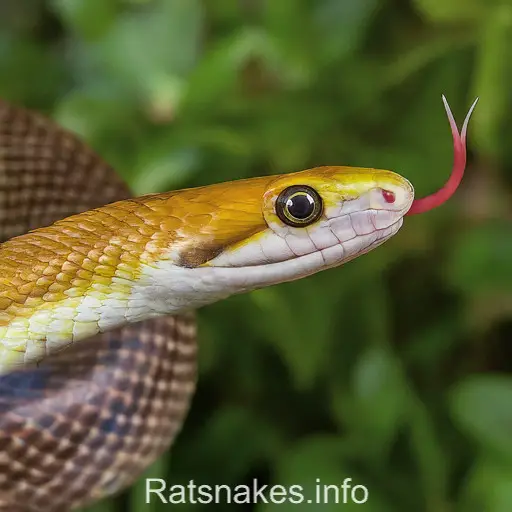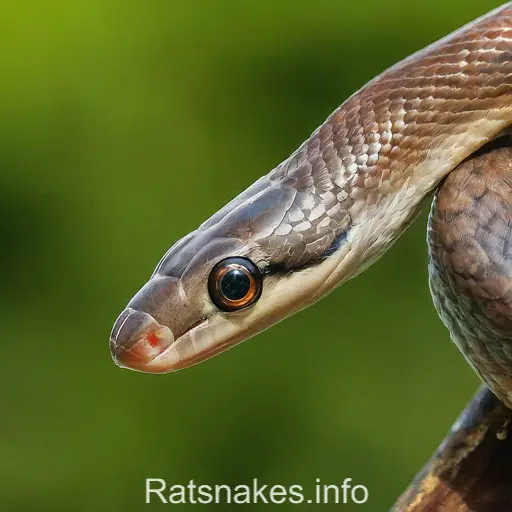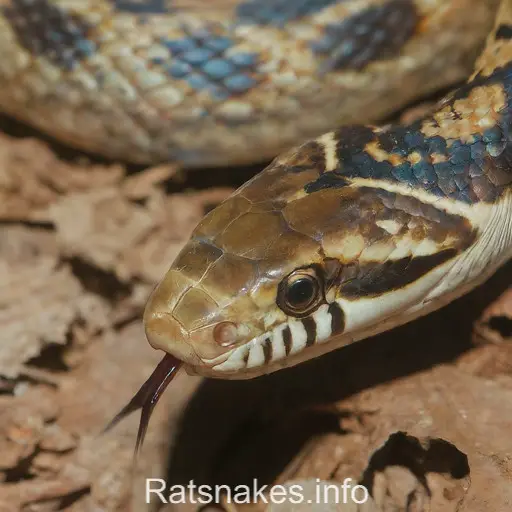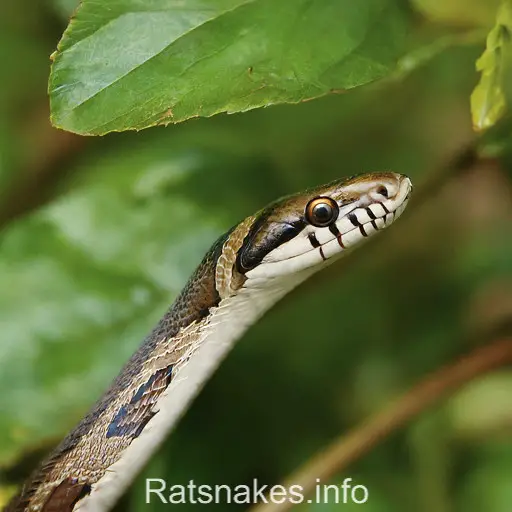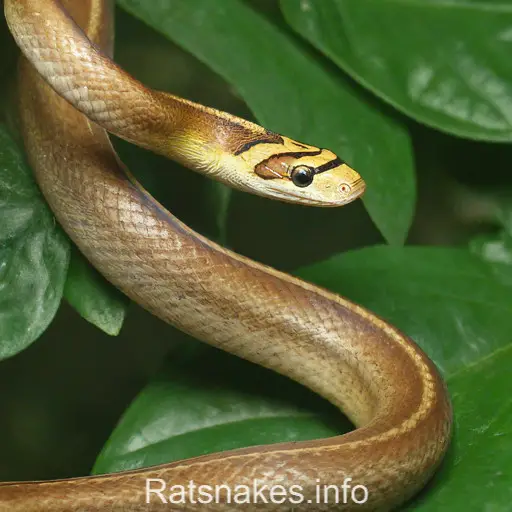
The Italian Aesculapian snake, also known as Zamenis longissimus, is a fascinating reptile that captivates both researchers and nature enthusiasts alike. This non-venomous snake is native to Italy and is renowned for its impressive length, sleek appearance, and gentle nature.
With its distinctive coloration and slender body, the Italian Aesculapian snake is a sight to behold in the wild. As we delve into the world of this majestic serpent, we uncover its unique behaviors, habitat preferences, and role in the ecosystem.
Join us on a journey of discovery as we explore the remarkable characteristics and significance of the Italian Aesculapian snake in the rich tapestry of Italy’s biodiversity.
Overview of Italian Aesculapian Snake
The Italian Aesculapian snake, scientifically known as Zamenis longissimus, is a fascinating non-venomous species native to Italy. With an impressive length that can reach up to two meters, this snake captivates with its sleek appearance and gentle behavior.
One of the distinctive features of the Italian Aesculapian snake is its coloration, typically ranging from dark brown to olive-green, blending seamlessly with its habitat. Its slender body allows it to move gracefully through the Italian landscape, showcasing unique behaviors that define its role in the ecosystem.
These snakes are known for their preference for wooded areas, where they can find shelter and hunt for small mammals, birds, and eggs. Their ecological role as predators helps maintain the balance of the ecosystem, controlling populations of prey species.
As we delve into the world of the Italian Aesculapian snake, we uncover not just a majestic serpent but a crucial component of Italy’s biodiversity, highlighting the intricate web of life that these creatures contribute to in their natural habitat.
Physical Characteristics
- Impressive length: The Italian Aesculapian snake can grow up to two meters, making it one of the longest snake species in Europe.
- Slender body: It has a long, slender body with smooth scales, giving it a sleek and agile appearance.
- Distinct coloration: Typically, these snakes are a dark brown or grey color, with some individuals showcasing variations in shades and patterns along their bodies.
- Distinctive features: Known for their distinctiveness, they have a prominent collar and large eyes, adding to their charm and uniqueness in appearance.
Habitat Preferences
When it comes to Italian Aesculapian snakes, these majestic creatures are known for their preference for warm and sunny environments. Here’s a glimpse into their habitat preferences:
- Woodland Areas: You’ll often find these snakes inhabiting woodland areas with an abundance of rocky outcrops and dense vegetation. These environments provide them with ample opportunities for basking in the sun and seeking shelter.
- Elevated Locations: Italian Aesculapian snakes tend to gravitate towards elevated locations, such as hill slopes and rocky cliffs. These areas offer them the ideal vantage points to spot prey and escape from potential threats.
- Moderate Temperatures: These snakes thrive in habitats with moderate temperatures, where they can regulate their body temperature effectively by moving between sunny and shaded areas.
- Near Water Sources: Italian Aesculapian snakes are often found in proximity to water sources like streams or rivers. These water bodies not only provide them with hydration but also attract a variety of prey species.
- Human Proximity: Interestingly, these snakes have also adapted to human-altered landscapes, such as parks and gardens, where they can find suitable hiding spots and a stable source of food.
In essence, the habitat preferences of Italian Aesculapian snakes showcase their versatility and adaptability to various environments. Their ability to thrive in both natural and human-influenced settings is a testament to their resilience as a species.
Behaviors and Lifestyle
When it comes to reproduction, Italian Aesculapian snakes are oviparous, meaning they lay eggs instead of giving birth to live young. Mating typically occurs in spring or early summer, with females producing a clutch of eggs that they carefully incubate to ensure the offspring’s survival.
Italian Aesculapian snakes are primarily diurnal, meaning they are most active during the day. They are skilled climbers, often found basking in the sun on rocky outcrops or trees to regulate their body temperature. Hunting primarily consists of small mammals, birds, and eggs, showcasing their diverse diet.
In terms of social behavior, these snakes are generally solitary creatures, only coming together during the mating season. They are territorial animals, often defending their preferred habitat from other individuals. This behavior helps them establish a reliable food source and nesting site.
Hibernation is a crucial part of an Italian Aesculapian snake’s life cycle, especially in colder climates. During the winter months, they seek out sheltered locations to brumate, slowing down their metabolic rate to conserve energy until the warmer seasons return. This adaptation allows them to survive harsh environmental conditions.
- Cannibalism: In times of food scarcity, Italian Aesculapian snakes have been known to exhibit cannibalistic behavior, preying on younger or smaller individuals.
- Tail autonomy: When threatened by predators or humans, these snakes can detach a portion of their tail as a defense mechanism, allowing them to escape while the tail distracts the threat.
- Site fidelity: Italian Aesculapian snakes often exhibit strong site fidelity, returning to the same basking sites and hibernacula year after year, emphasizing their attachment to specific locations.
Role in Ecosystem
The Italian Aesculapian snake plays a crucial role in its ecosystem by contributing to natural pest control. As proficient hunters, they help regulate populations of small mammals, birds, and eggs, which aids in maintaining ecological balance. By preying on these animals, they prevent overpopulation and the subsequent strain on local food resources.
Another key aspect of their role is in seed dispersal. When these snakes consume prey, they inadvertently ingest seeds as well. As they move through the environment, these seeds are dispersed in different locations, helping to promote plant diversity and regenerate vegetation in various areas.
Furthermore, the behavioral patterns of Italian Aesculapian snakes contribute to maintaining biodiversity within their habitat. Through their territorial behavior and hunting practices, they help create a stable ecosystem where different species can coexist harmoniously.
Overall, the presence of Italian Aesculapian snakes in their ecosystem is integral to the health and sustainability of the local flora and fauna. Their contribution as predators, seed dispersers, and biotic factors highlights the interconnectedness of species within a given environment.
Key Takeaways
- Italian Aesculapian snake, scientifically known as Zamenis longissimus, is a non-venomous reptile native to Italy with impressive length and gentle behavior.
- Habitat preferences include woodland areas, elevated locations, moderate temperatures, near water sources, and adaptability to human-altered landscapes.
- Italian Aesculapian snakes are oviparous, primarily diurnal, skilled climbers, have diverse diet preferences, and exhibit cannibalistic behavior in times of food scarcity.
- They play a vital role in the ecosystem by contributing to natural pest control, seed dispersal, maintaining biodiversity, and supporting the balance of the local flora and fauna.
Conclusion
The Italian Aesculapian snake is truly a remarkable species that not only showcases unique behaviors and lifestyle traits but also plays a vital role in maintaining ecological balance within its ecosystem. By contributing to natural pest control through hunting small mammals, birds, and eggs, these snakes help prevent overpopulation and ensure the sustainability of their habitat. Moreover, their involvement in seed dispersal promotes plant diversity and vegetation regeneration, further emphasizing their significance in the ecosystem. Through their territorial behavior and hunting practices, Italian Aesculapian snakes contribute to the overall biodiversity of their environment, fostering a harmonious coexistence among different species. Their presence highlights the intricate interconnectedness of species within the ecosystem, underscoring the importance of preserving and protecting these fascinating reptiles.

